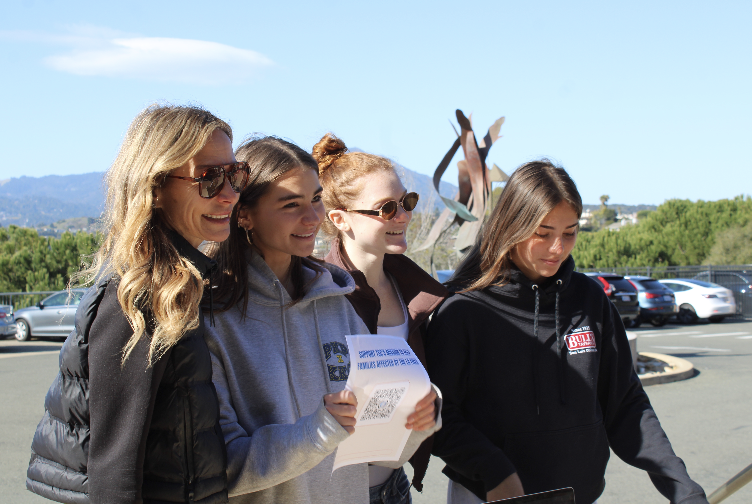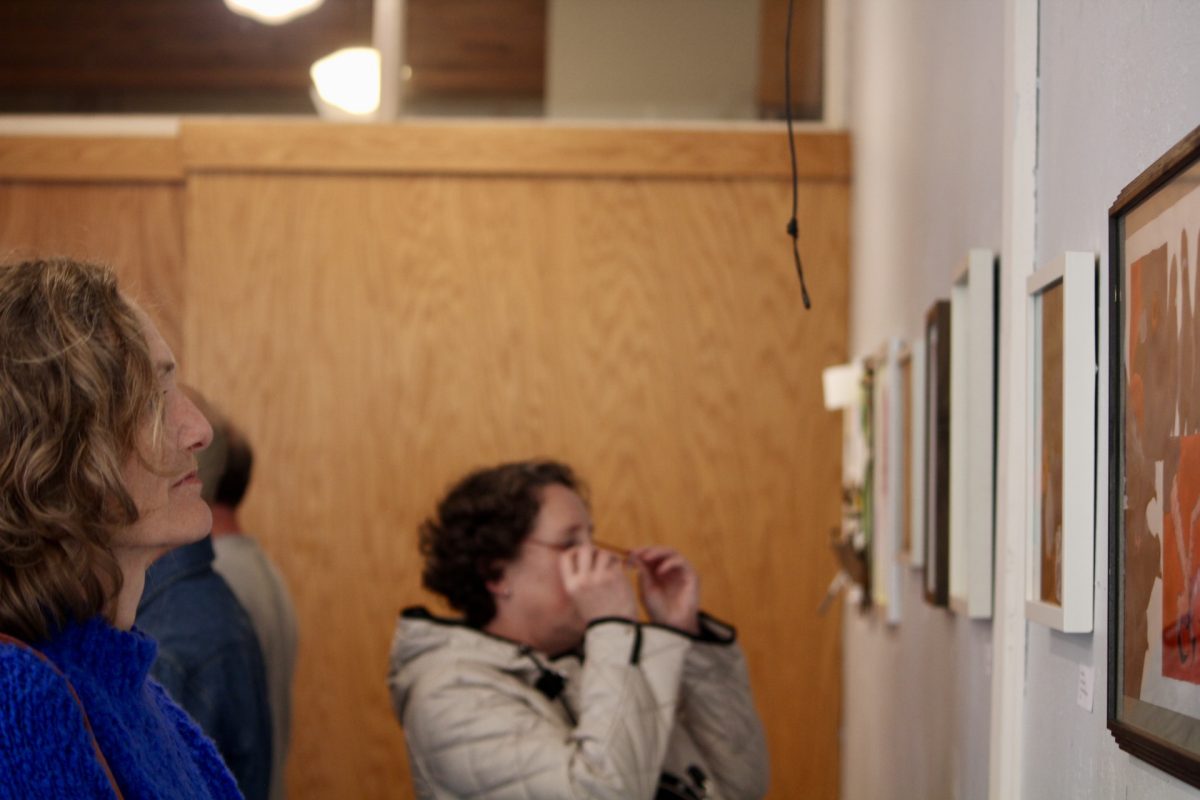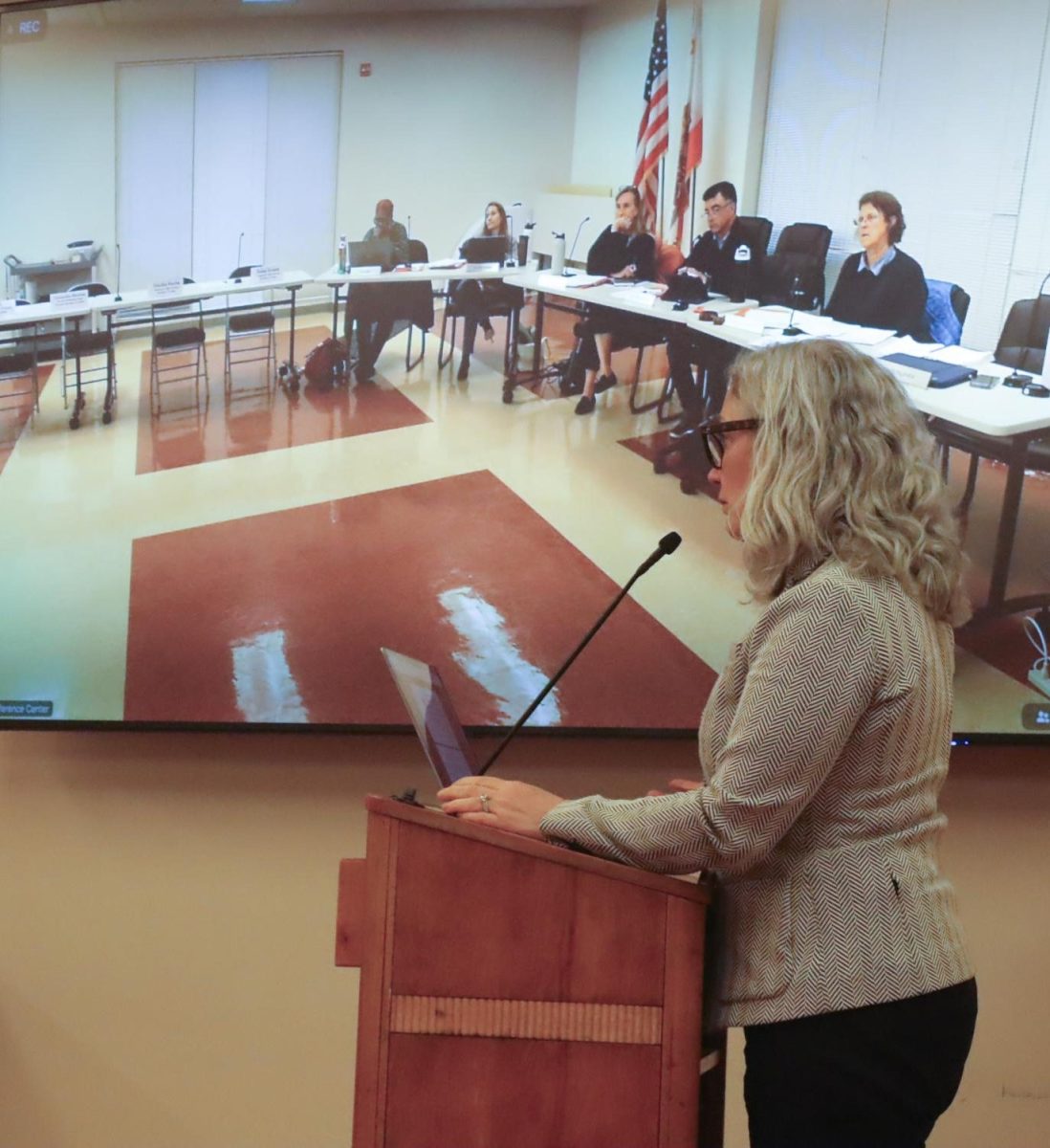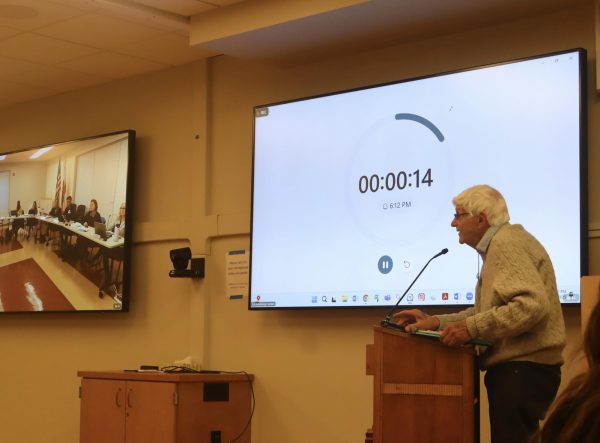On Dec. 10, after a month of preparation, Redwood architecture students triumphed in the Norwich University Architecture and Design Competition. For the competition, high school students from across the world were prompted to create a versatile place for storytelling that could accommodate both large and small groups in the same design.
Students from all levels of architecture classes submitted a model for the competition as one of their semester assignments. Sophomore Katelyn Van Dusen, a student in Architecture 2-3, found it challenging to design a space that would fit the open-ended guidelines.
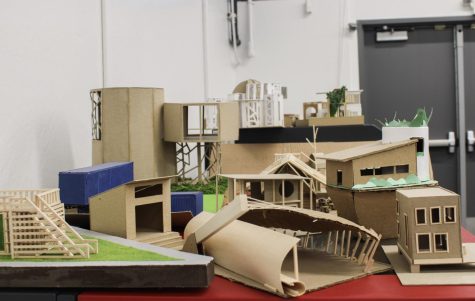
Van Dusen interpreted the prompt from a local perspective. She was inspired by Point Lobos in San Francisco and used it to implement wave and lighthouse features in her final model. She connected the concept of storytelling to her submission through the written essay aspect.
“Stories can bring people together and give them direction because a lot of people are wandering and lost, just as lighthouses can give direction to ships. I related it to that, so the storytelling structure itself was the lighthouse. Then all the people would be in the sea area, listening to directions and guidance,” Van Dusen said.
This annual competition awards applicants with scholarships to Norwich University, giving $8,000 in scholarships to the first place winner and $4,000 for second place. All complete applications were eligible for a $2,000 scholarship. This year, the 44 Redwood applicants earned a combined $96,000 in total. Sophomore Blake Oberbauer placed first, senior Neri Landi placed second, sophomore Kiera Lensing placed third and Honorable Mention awards went to juniors Calvin Caspersen and Eric Sretavan.
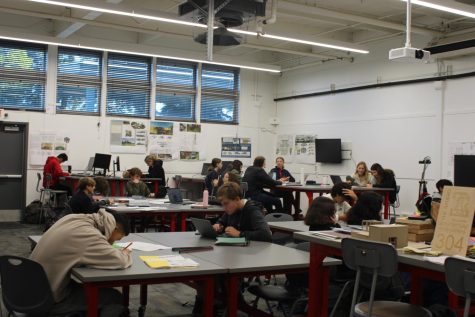
The preparation process was lengthy. Landi, a student in Honors Architecture, combined architectural and engineering tactics throughout his build, adding a new level of complexity to the project.
“I looked at a lot of inspiration pictures and did research about different types of architectural styles. I kept going back to the prompt and taking notes. I started sketching, initially, really rough sketches, and then I brought it to digital software, like Revit, to finalize the model,” Landi said.
Students had to be creative to make their designs transformable and unique.
“I researched kinetic architecture, which is a way of using movable parts in the building to change the function of the space. I created these movable panels that would allow the space to change shape and function. It made the space easy to modify,” Landi said.

Although she was not expecting to win initially, Oberbauer, an Architecture 2-3 student, thinks her model stood out because the structure rotated to change functions instead of using two separate spaces.
“[The model] is a box platform with a cylinder that is open on the circular ends. Inside the cylinder, there are three platforms that stick out from the side. On the other side, opposite the platforms, is a little stepped stage. When it rotates, the little stepped part becomes an amphitheater-type space, and the platforms come down from the ceiling,” Oberbauer said.
Inspired by architect Zaha Hadid, Oberbauer strayed from her minimalistic personal style to make her more intricate final model.
“[Zaha Hadid] uses a lot of geometrical shapes. She really incorporates them into the architecture. I really like how she makes the shape the whole space. So I tried to make the cylinder be the space instead of just a room with cylinders,” Oberbauer said.
Paralleling professional architecture projects, students worked through the entire process of designing and creating a model to fit specific guidelines. The Norwich University Architecture and Design Competition allowed them to show these skills on a global stage.


